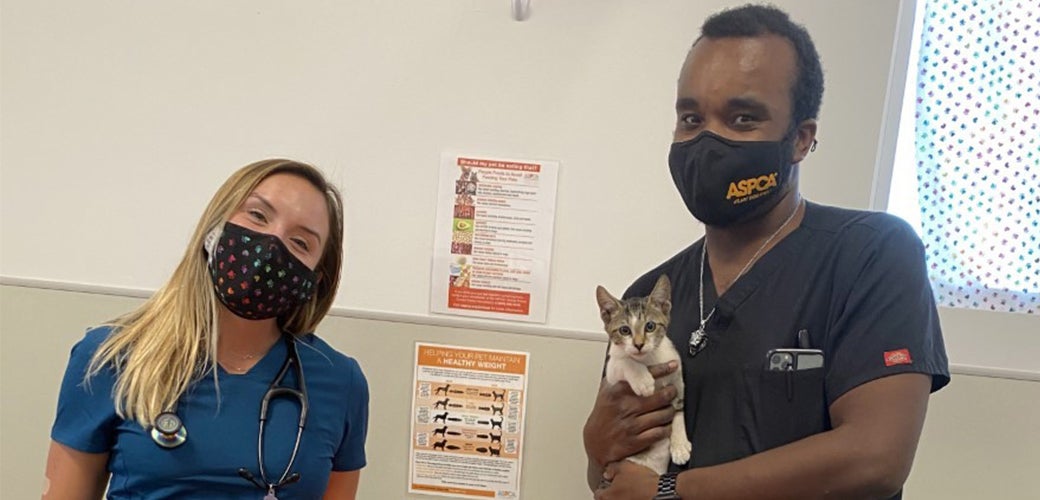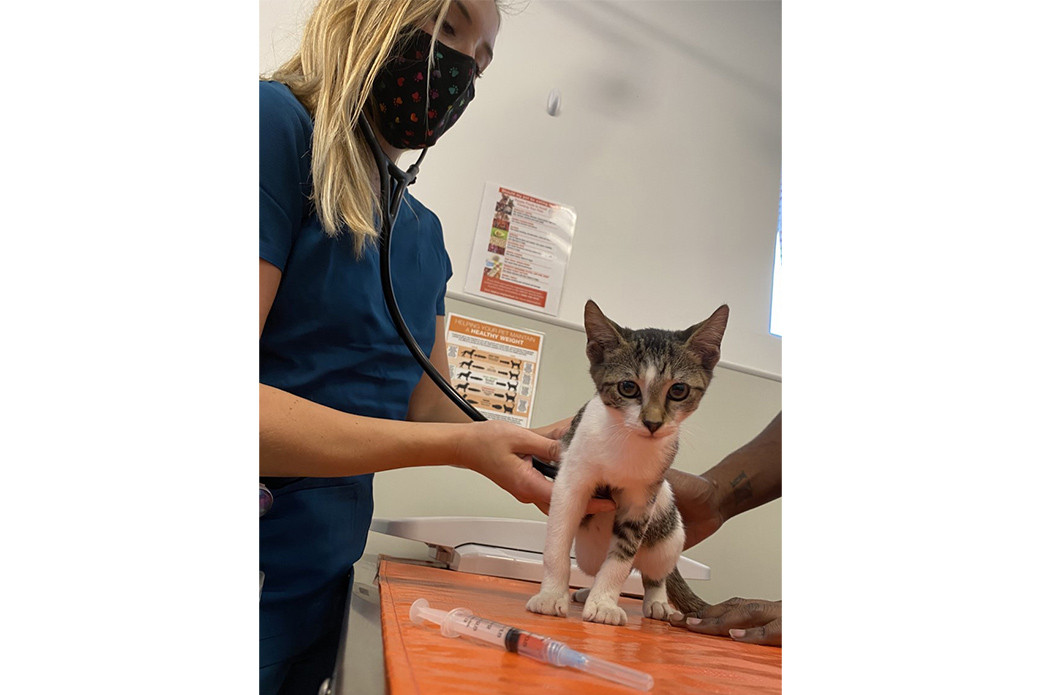benadryl 700 mg


When the ASPCA Community Veterinary Center (CVC) in Miami, located in the Liberty City area, opened on October 31, 2019, it made an immediate impact on pets and people in the area.
“Local residents had virtually no options for accessible, affordable veterinary care for their pets (or dog and cat family members),” says Jocelyn Kessler, Vice President of Community Medicine.
With a staff that speaks English, advair diskus inhaler instructions Spanish, Creole-Haitian and Portuguese, the CVC offers partially and fully subsidized basic and preventive care to pets in Miami-Dade County, including the Liberty City area—a community of 80,000 residents (25,000 households).
As of October 31, 2021, 5,601 pets have received veterinary care since the CVC opened.
“What a journey,” says Sandra Halaby-Soyer, Director of Community Medicine Operations in Miami who refers to her staff as “Team Sunshine” because of their commitment and passion—which was certainly needed during the pandemic.
Coping with COVID
Although the pandemic limited the CVC’s ability to function normally, the staff adapted to prioritize care for pets who were sick or injured.
“We were able to make the year more manageable by providing care to those who otherwise couldn’t afford it,” says Sandra.
“People were dealt a double-whammy—a public health crisis on top of financial hardship,” adds Jocelyn. “Still, we were able to treat the sick and injured and provide preventive care to keep pets healthy into the future.”
CVC staff instituted creative ways to offer services while abiding with safety recommendations. Additionally, the ASPCA established partnerships with local organizations that hosted food drives for people.
“We provided pet supplies for those organizations to distribute—essentials they didn’t even realize their clients needed,” says Marlan Roberts, Assistant Manager of Client Operations.
Oreo, Noah, Rocky, & Blackie
Just after the CVC opened, Dr. Lori Bierbrier, Senior Medical Director of Community Medicine, Eastern Region, was filling in at Miami and examined a dog named Oreo. The dog had a chronic but common skin condition.
While getting Oreo’s condition under control was not very costly, it did require that a special shampoo be applied every two weeks.
“Flare-ups happen every now and again, even with close maintenance,” Dr. Bierbrier says. “But having a great relationship with our team, like Oreo’s family does, helped address his situation right away and manage it long-term.”
Noah, a tiny kitten, was thin and sick with chronic diarrhea when his adopter brought him to the CVC.


Dr. Victoria Koehler started a regimen of de-wormer, flea treatment and antibiotics over multiple visits, and he was neutered once his condition cleared.
Rocky, a four-month-old pit bull, was treated for an infected wound—the size of a small fist—originating from a ruptured abscess on one side of his face.
Following Dr. Koehler’s guidance, Rocky’s young owners were committed to caring for the wound until it could be closed and a drain put in place.

Like Rocky, Blackie, a terrier mix, was also rushed to the CVC for wound care after being attacked by another dog. Dr. Christina Hawkins sutured his wounds and changed his bandages daily.

Looking ahead
Clients routinely thank the CVC for their work, sometimes with food, other times in writing.
“It feels good to be reminded of the huge impact our work has on the community we serve,” says Sandra.
Edward G., a Miami resident whose 16-year-old beagle, Henry, was put to sleep at the CVC, wrote in a letter that he was “deeply moved” when he received a hand-written condolence card—complete with the pawprints of his “dear companion”—from the CVC staff:
“Your professionalism and courtesy allowed me to feel at peace with Henry’s passing. Please know that you make a big, positive difference in the lives of those you help—humans and animals alike.”
As COVID infections decrease and vaccinations increase, the CVC looks to expand its reach and impact, including raising the number of spay/neuter surgeries they perform, up to 40 per week.
“Our goal is to continue to improve the health and welfare of animals, keeping them with the families who love them,” Sandra says. “By doing so, we’re creating healthier communities.”
Source: Read Full Article
